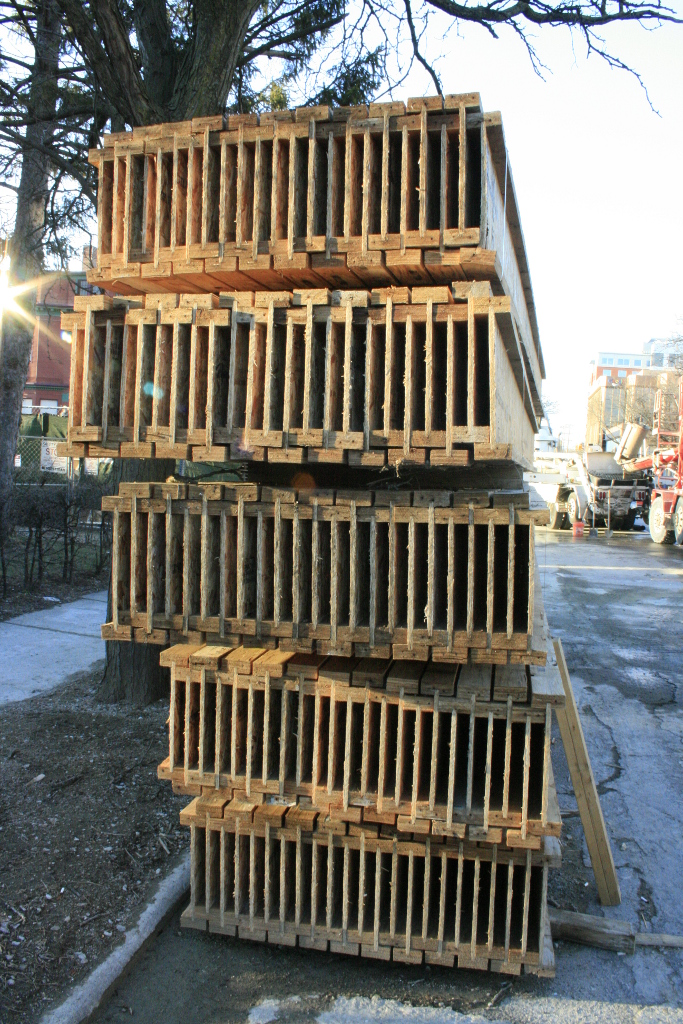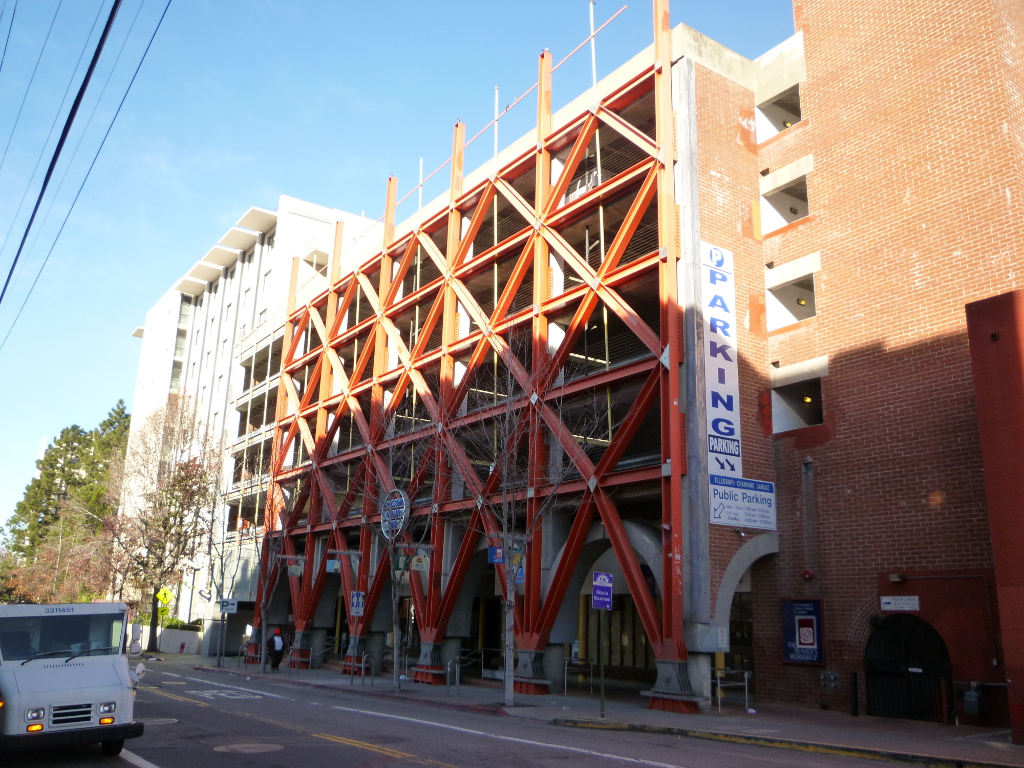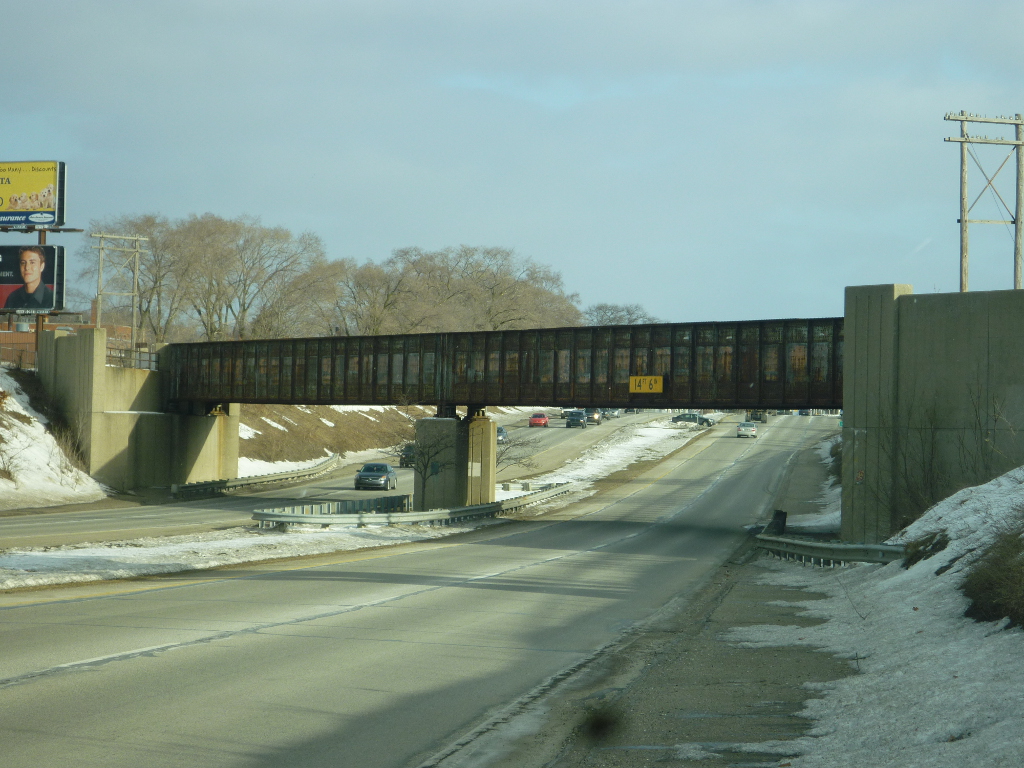
Photo Credit: Alex Mead
This is the Portage Lake Lift Bridge, officially the Houghton–Hancock Bridge, in Houghton, Michigan. This bridge connects the Upper Peninsula of Michigan to the Keweenaw Peninsula, which today is technically the Keweenaw Island due to a man made shipping canal. The lift bridge is the widest and heaviest double-decked lift bridge in the world, capable of elevating to a water clearance height of 100 feet!







